- Joined
- Aug 14, 2009
- Messages
- 27,486
Garry-
http://www.cutstudy.com/cut/english/comp/scint1.htm
Very cool link(thanks Serg)! I had a fun morning, also did some digging in the archives, let''s see if I''ve got this:
1. In the programme I''m looking at a setup of a narrow spot-lighting beam, unmoving (observer) surface above diamond. Programme tilts diamond with source light – changes fire patterns.. fire patterns modelled are the result of example scenario in which entering ray is reflected (glare, not seen here) and refracted *once*, internally reflected (assume crit. angles achieved) and refracted again back to observer – the results of this first refraction are large VFs..IRL ray is refracted multiple times, so many more smaller VF subdivisions, but the majority of the ray’s initial energy must be preserved in that first refraction, and the reflection has much less energy (diamond RI 2.4, higher RI then less energy in refraction and more in reflection) - so these are the rays that disperse into strong intense fire. Secondary and higher order refractions will create… what? Interference w/ first-generation wavelengths in some cases, in others short, small bursts of colour rather than big bold flashes..
http://www.cutstudy.com/cut/english/comp/scint1.htm
Very cool link(thanks Serg)! I had a fun morning, also did some digging in the archives, let''s see if I''ve got this:
1. In the programme I''m looking at a setup of a narrow spot-lighting beam, unmoving (observer) surface above diamond. Programme tilts diamond with source light – changes fire patterns.. fire patterns modelled are the result of example scenario in which entering ray is reflected (glare, not seen here) and refracted *once*, internally reflected (assume crit. angles achieved) and refracted again back to observer – the results of this first refraction are large VFs..IRL ray is refracted multiple times, so many more smaller VF subdivisions, but the majority of the ray’s initial energy must be preserved in that first refraction, and the reflection has much less energy (diamond RI 2.4, higher RI then less energy in refraction and more in reflection) - so these are the rays that disperse into strong intense fire. Secondary and higher order refractions will create… what? Interference w/ first-generation wavelengths in some cases, in others short, small bursts of colour rather than big bold flashes..

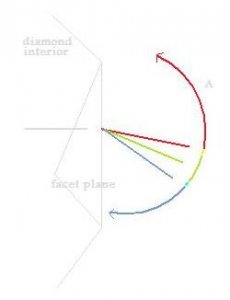
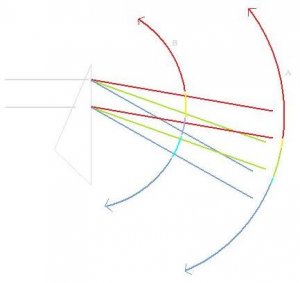
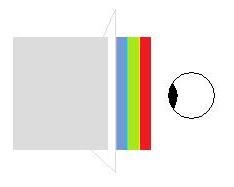
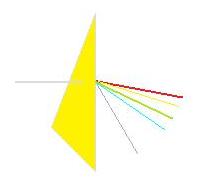

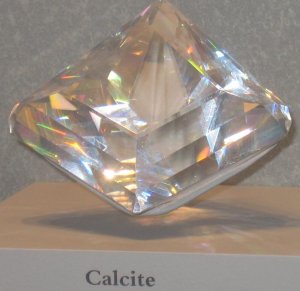



300x240.png)